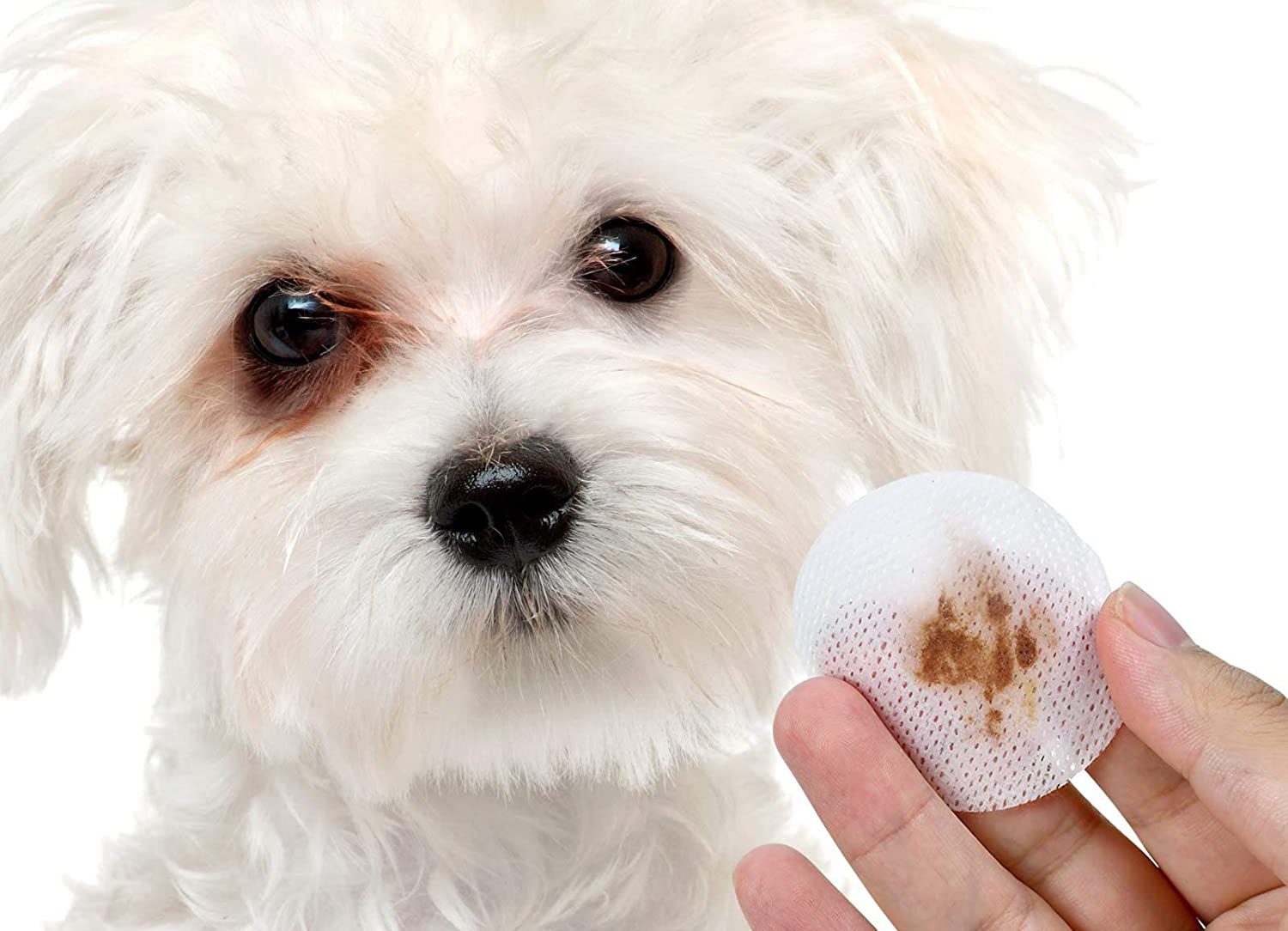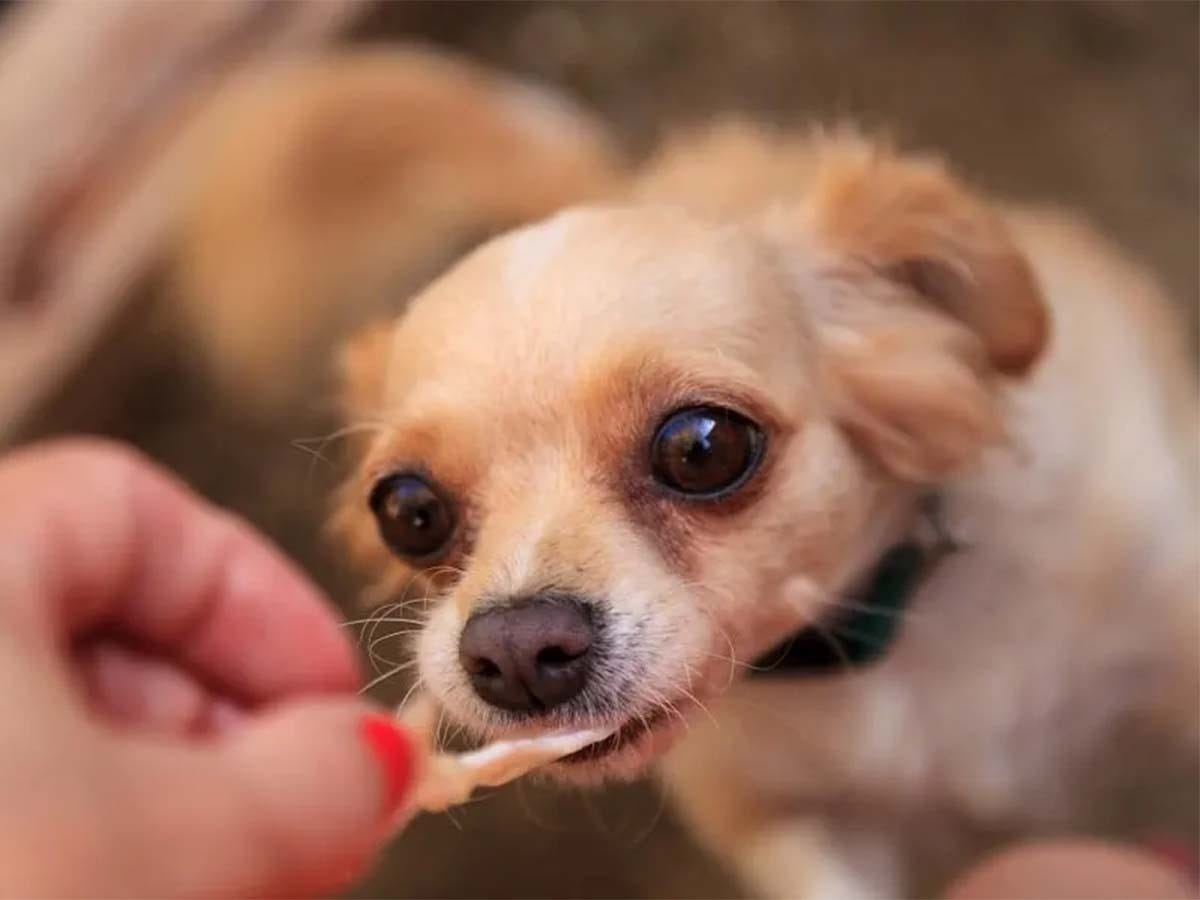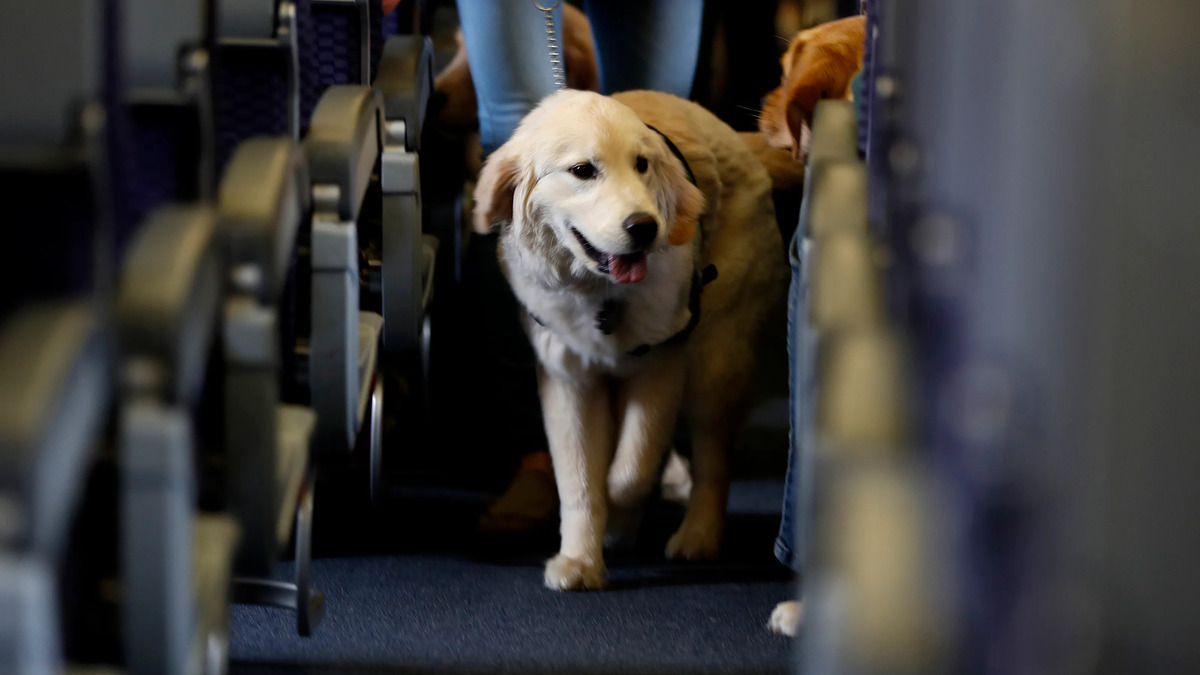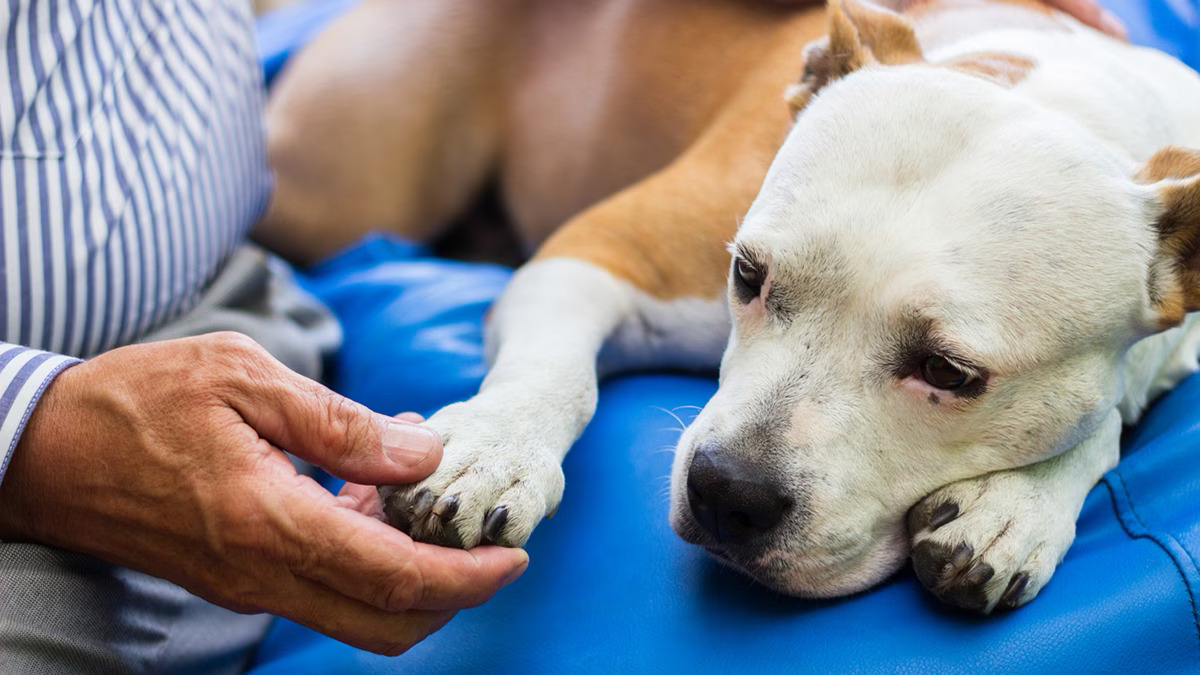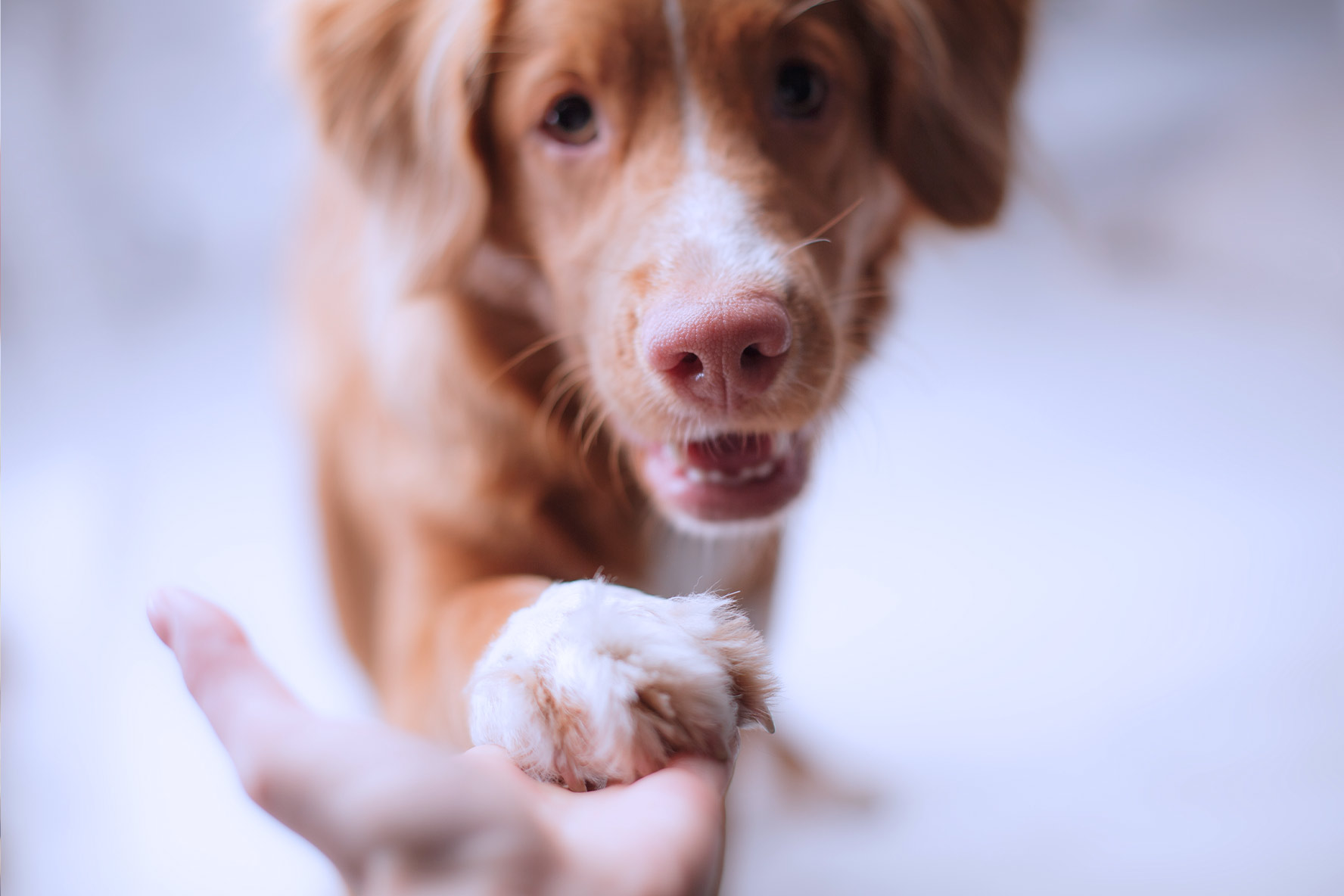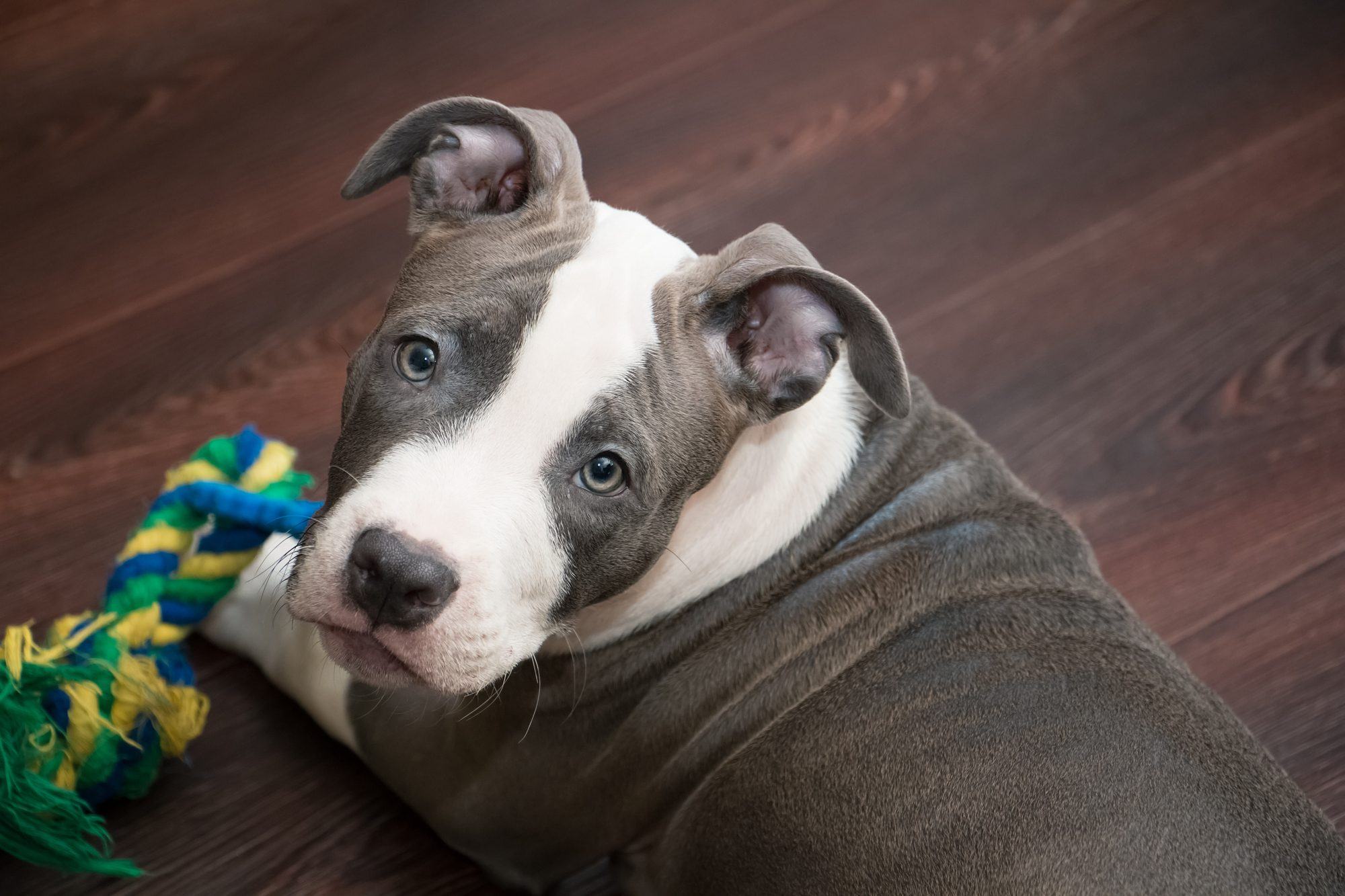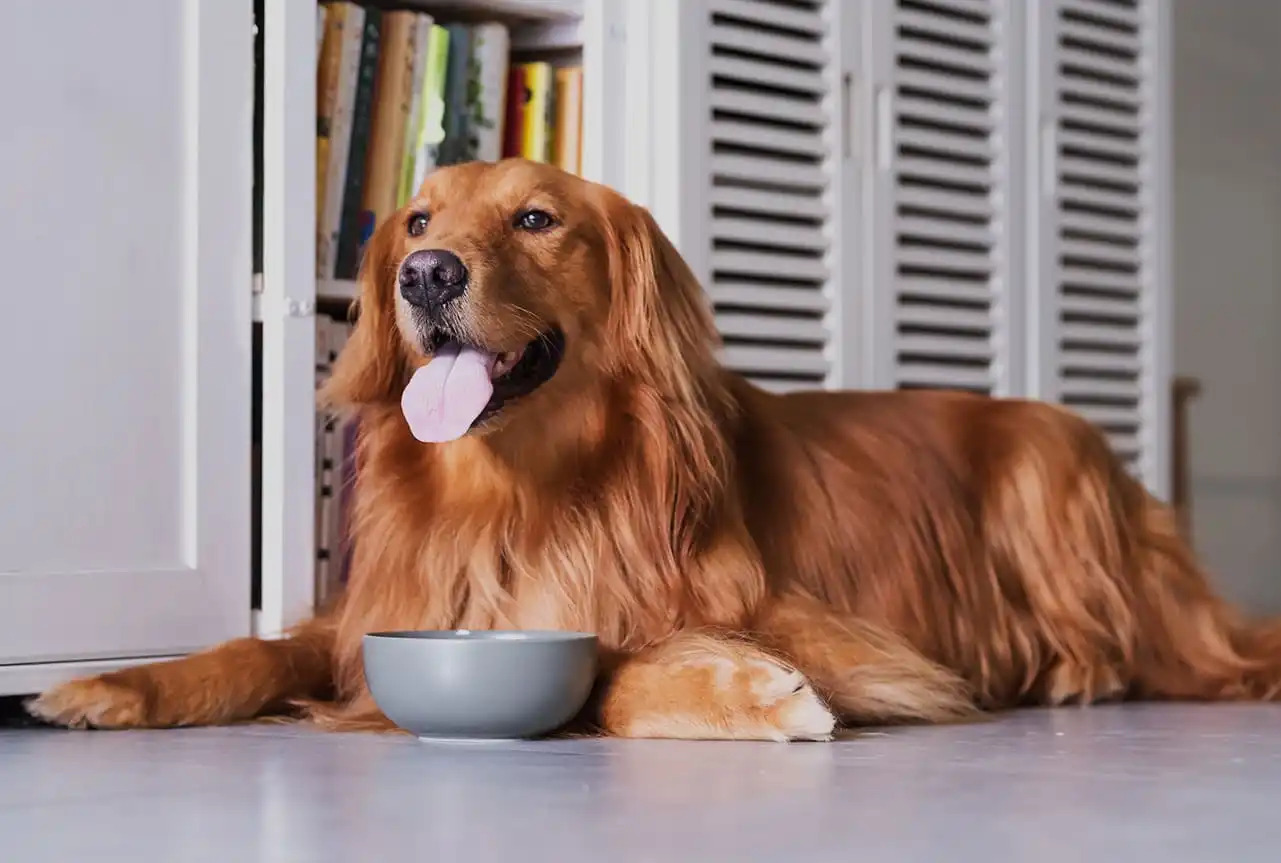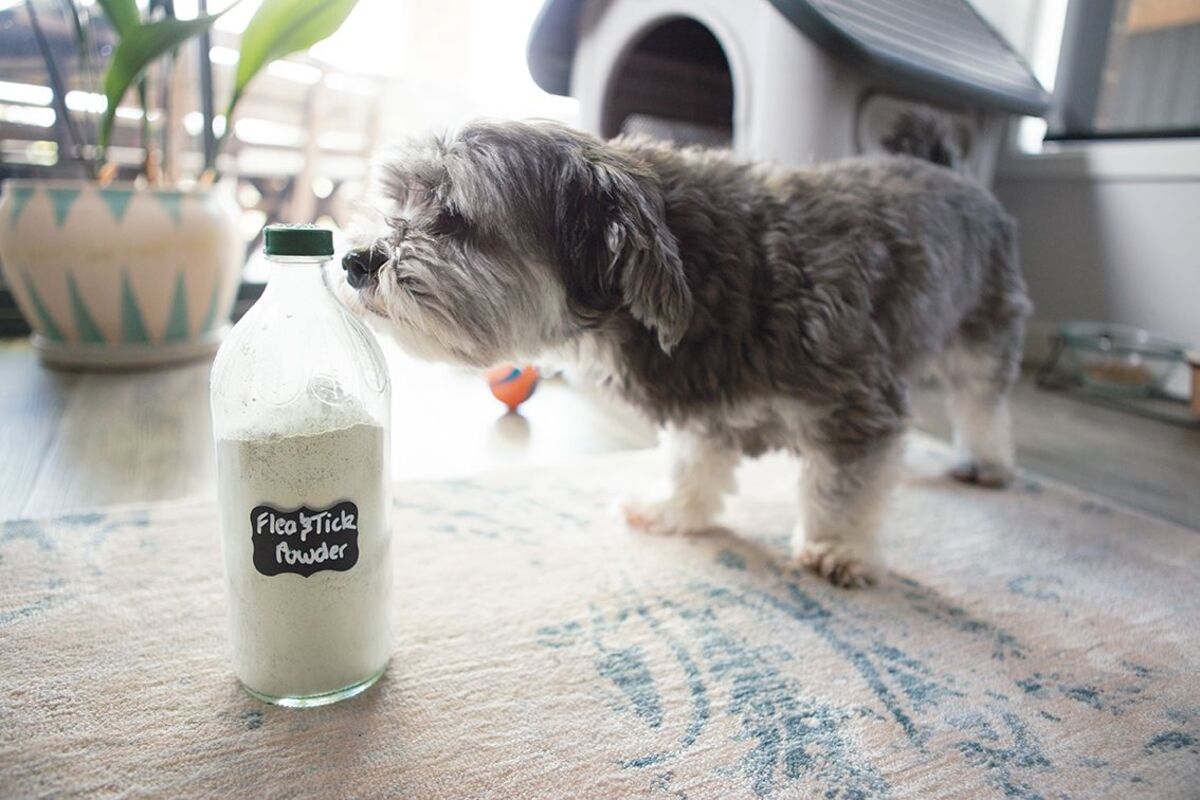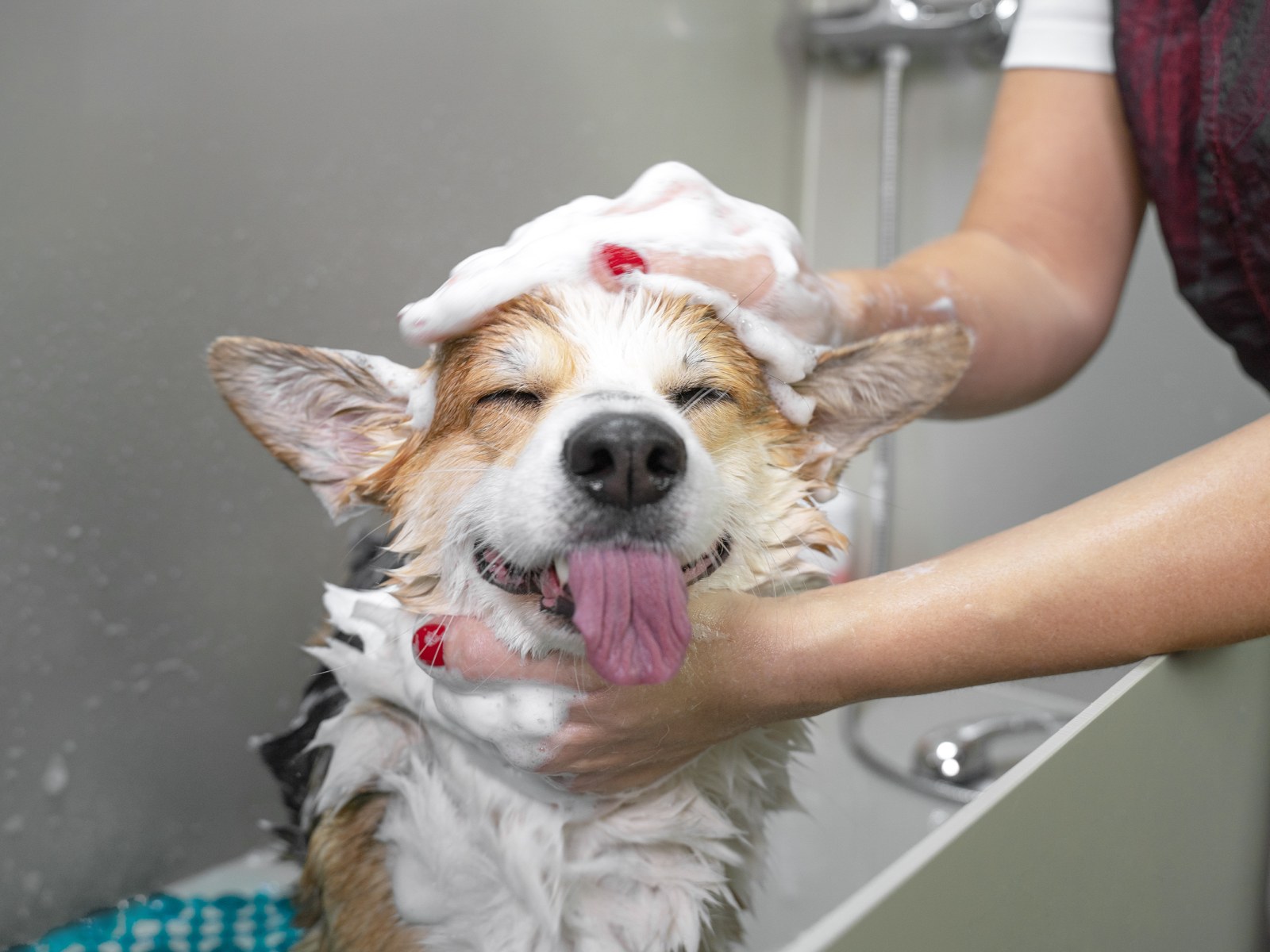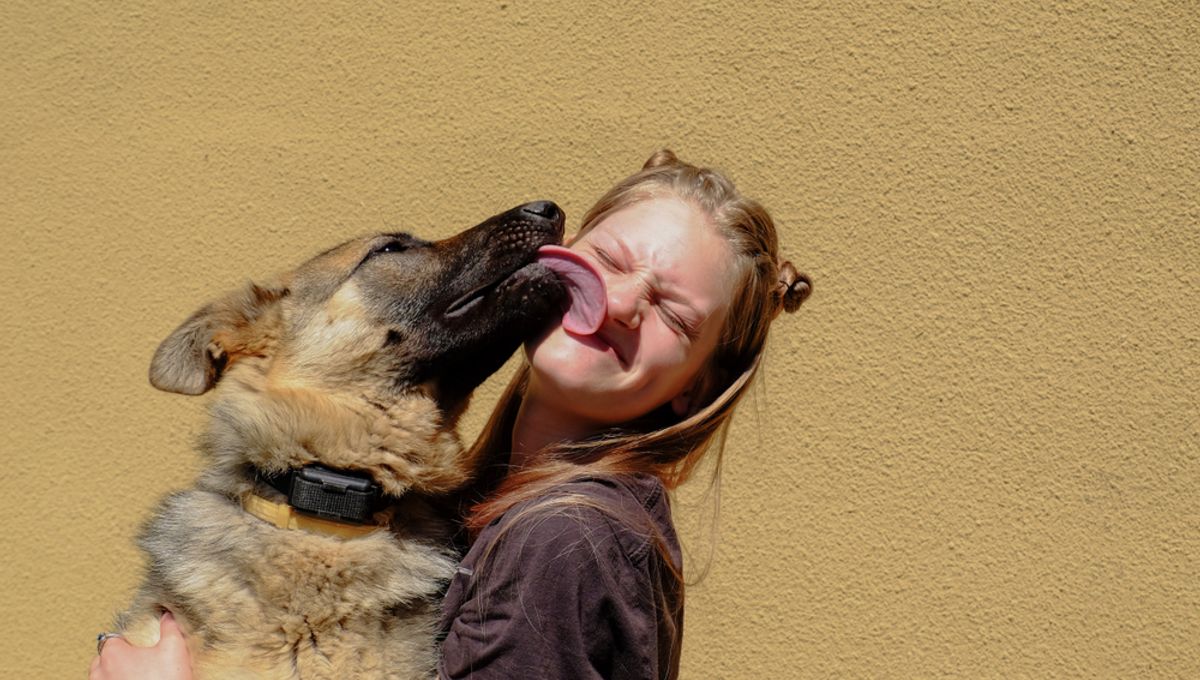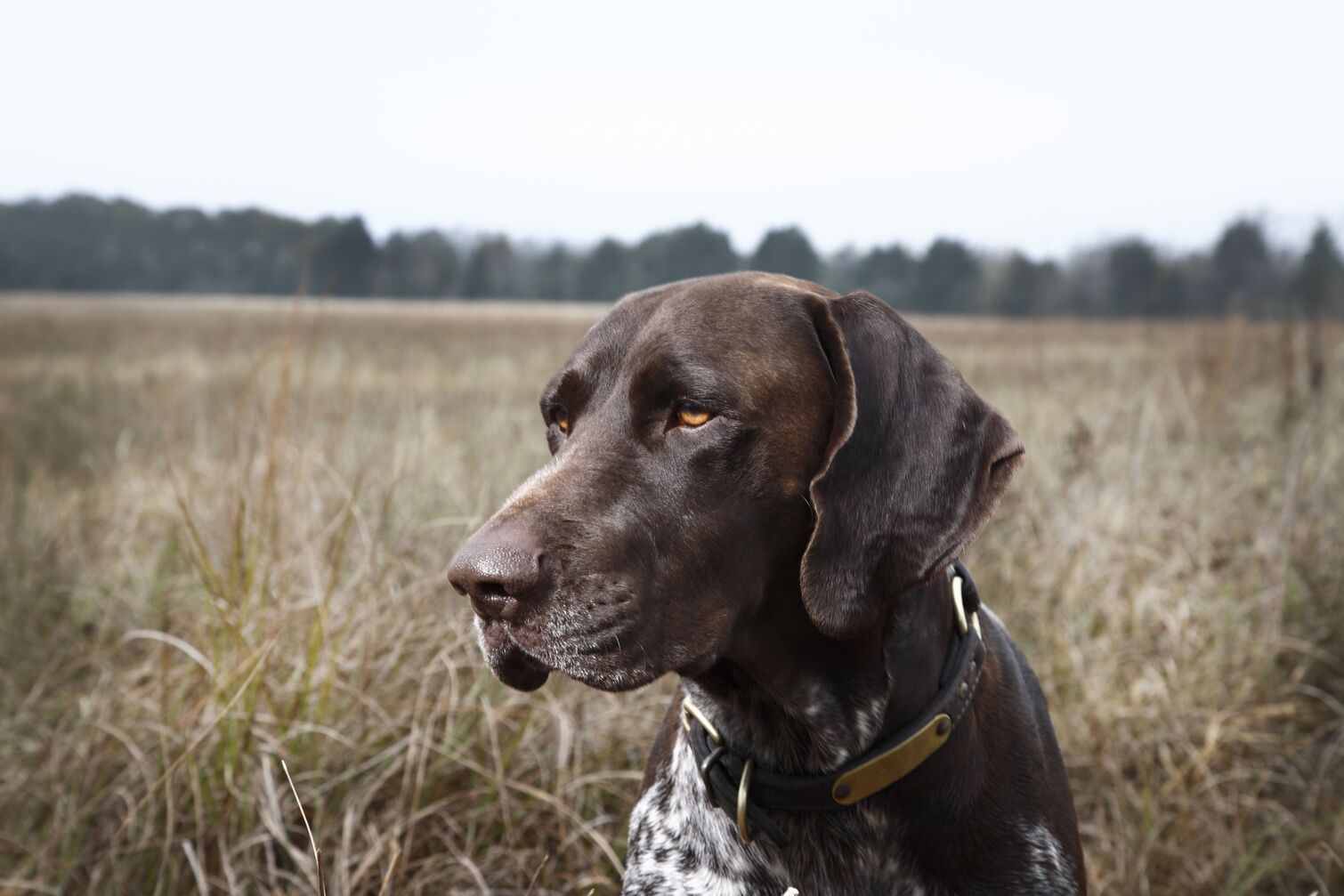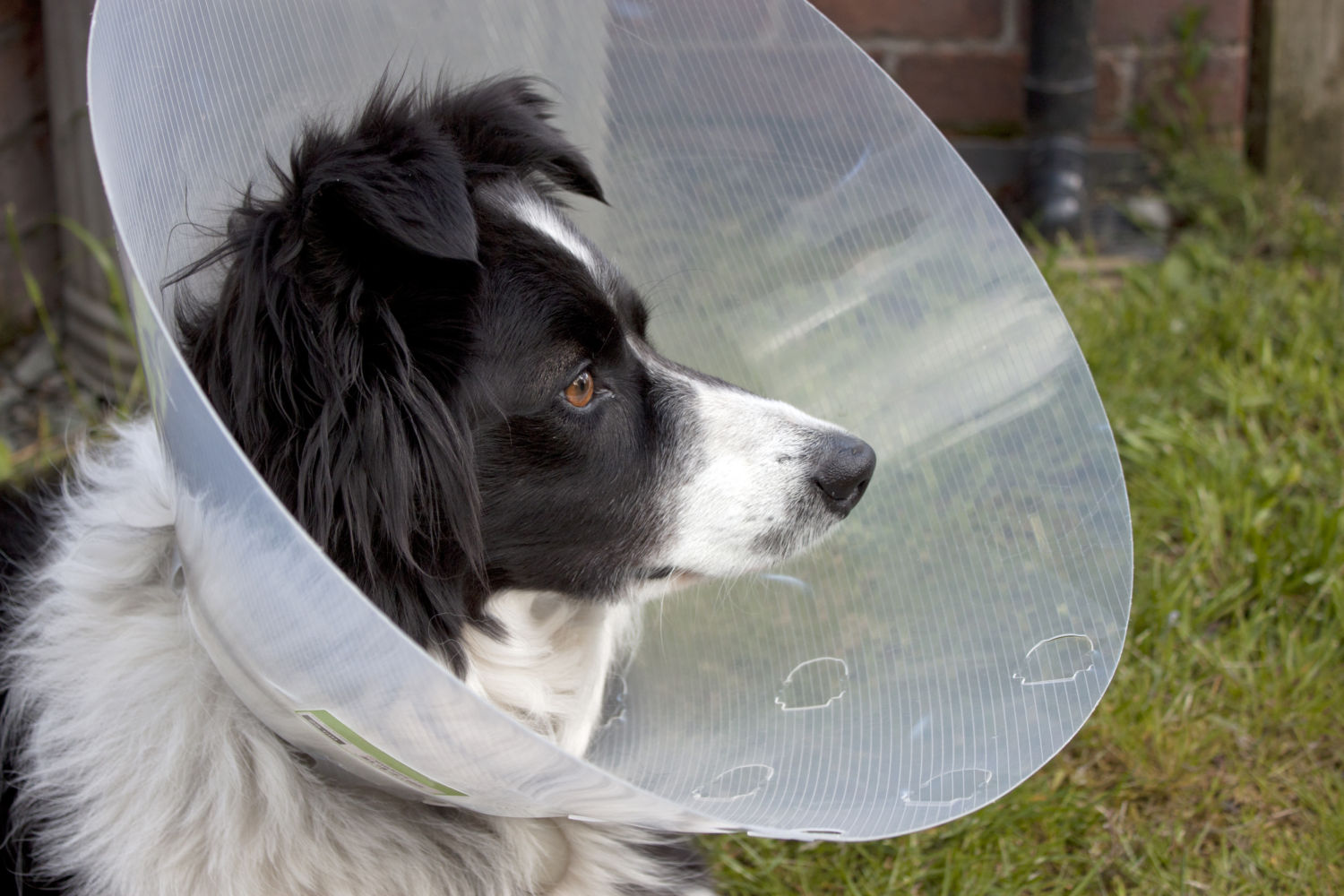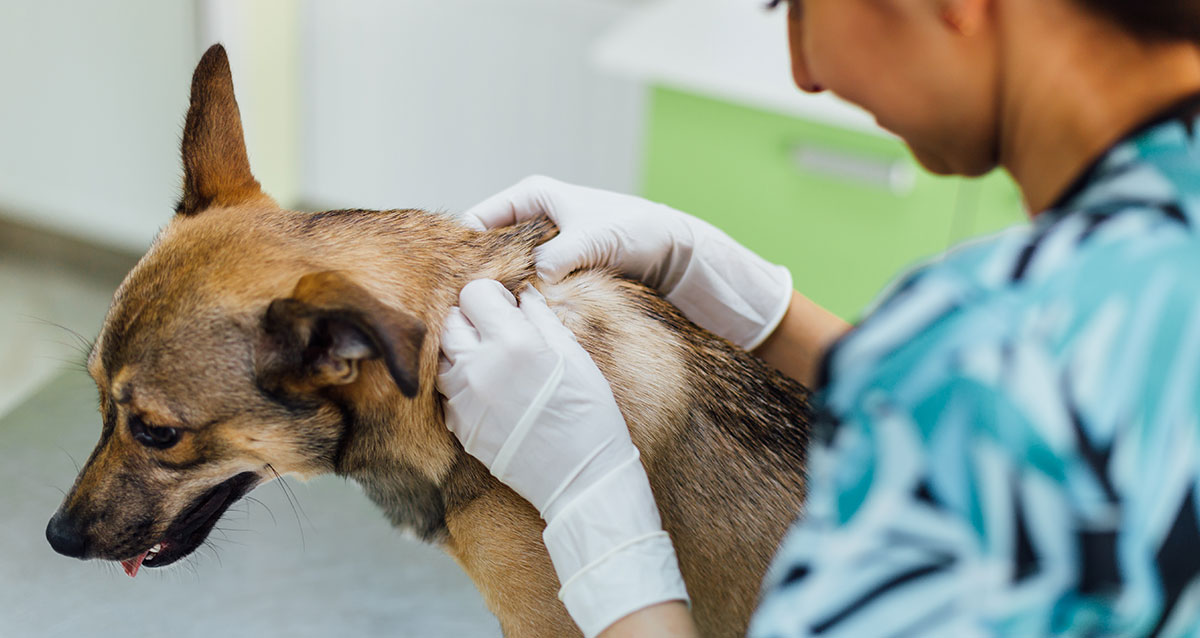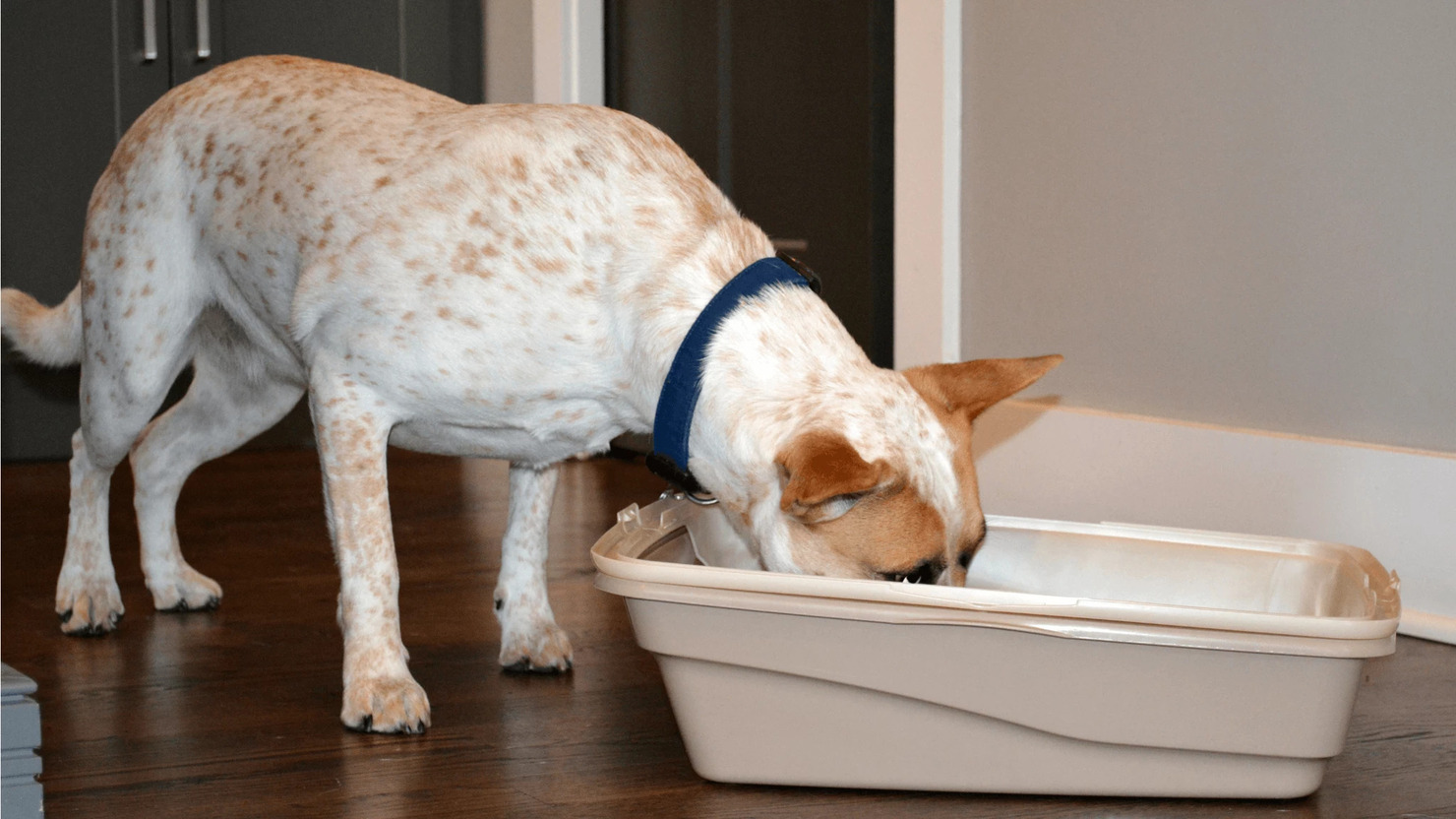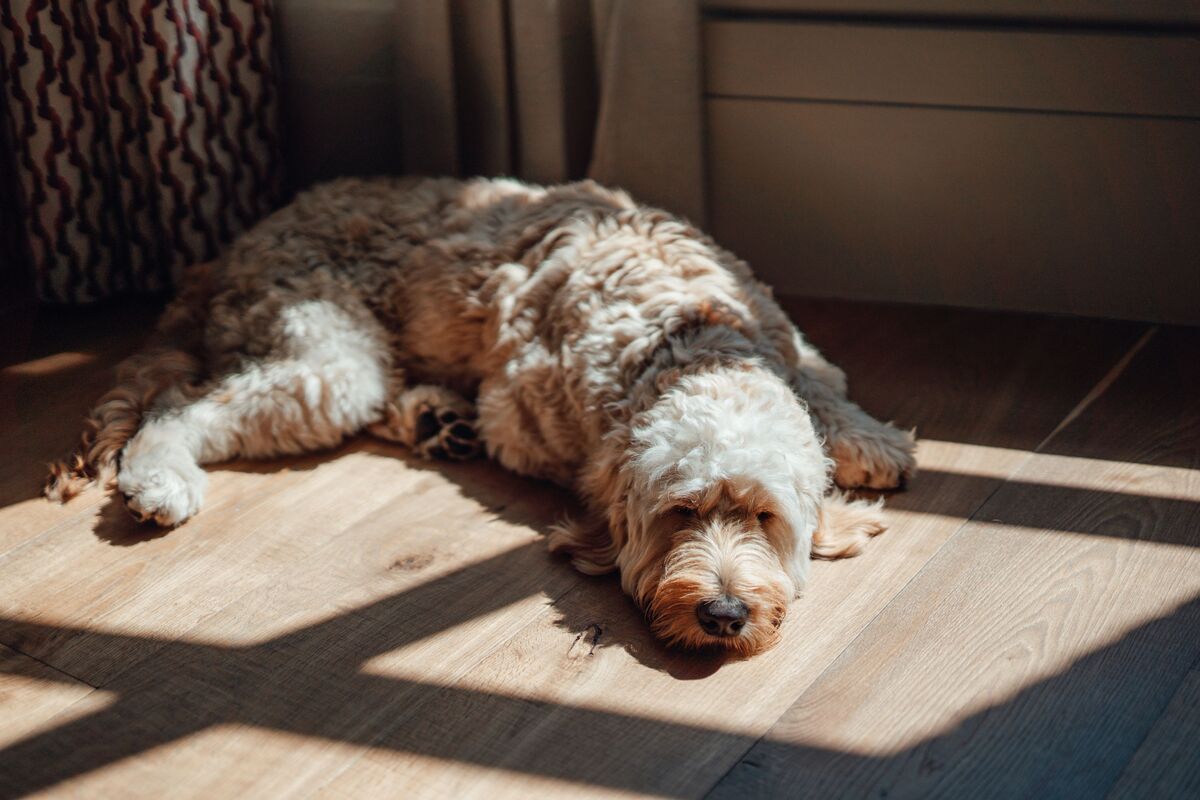Home>Health & Wellness>Common Health Issues>Eye and Ear Health>What Can You Do For Your Dog If He Gets Stung By A Bee In The Eye
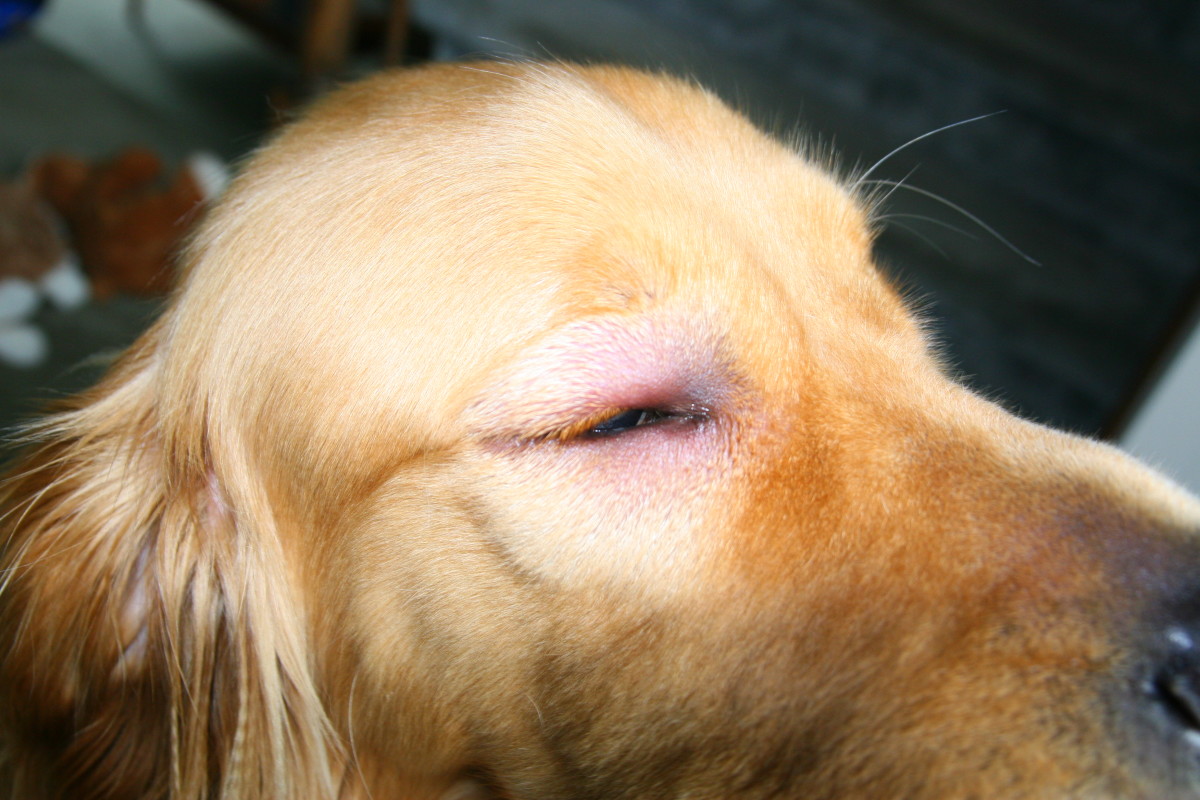

Eye and Ear Health
What Can You Do For Your Dog If He Gets Stung By A Bee In The Eye
Published: February 11, 2024
Learn how to handle a bee sting in your dog's eye and protect their eye and ear health. Expert tips and remedies for a quick recovery.
(Many of the links in this article redirect to a specific reviewed product. Your purchase of these products through affiliate links helps to generate commission for Pawsomeoldies.com, at no extra cost. Learn more)
Table of Contents
Introduction
Bee stings can be a painful and distressing experience for dogs, especially when the sting occurs in a sensitive area like the eye. As a responsible pet owner, it's crucial to be prepared for such situations and know how to provide immediate care to alleviate your dog's discomfort. Understanding the signs of a bee sting in the eye, administering prompt first aid, and seeking veterinary attention when necessary are essential steps in ensuring your dog's well-being.
In this article, we will delve into the specific measures you can take if your dog experiences a bee sting in the eye. By familiarizing yourself with the signs of a bee sting, learning how to administer immediate first aid, and understanding the importance of seeking professional veterinary care, you can effectively support your furry companion through this challenging ordeal. Additionally, we will explore preventive measures to minimize the risk of future bee stings, empowering you to create a safer environment for your beloved canine companion.
Stay tuned as we navigate through the essential steps to address a bee sting in your dog's eye, equipping you with the knowledge and confidence to handle such situations with care and competence.
Signs of a Bee Sting in the Eye
When a dog experiences a bee sting in the eye, there are several noticeable signs that may indicate the occurrence of this distressing event. It's essential for pet owners to be vigilant and attentive to their dog's behavior, as early recognition of these signs can prompt timely intervention and alleviate the discomfort experienced by the affected canine.
One of the primary indicators of a bee sting in the eye is excessive blinking or squinting. If you observe your dog repeatedly blinking or holding the affected eye partially closed, it could signify the presence of a foreign object, such as a bee stinger, in the eye. Additionally, swelling and redness around the eye area are common manifestations of a bee sting, indicating the body's natural inflammatory response to the venom injected by the bee.
Furthermore, dogs may exhibit signs of discomfort or pain when their eye is affected by a bee sting. This can manifest as pawing at the eye, rubbing the face against surfaces, or displaying signs of agitation and restlessness. It's crucial to pay attention to any unusual behavior or vocalizations that may indicate your dog's distress.
In some cases, there may be visible evidence of the bee sting, such as the presence of a stinger embedded in the eye or surrounding tissue. However, it's important to exercise caution when examining the affected area, as any attempt to remove the stinger should be performed by a trained professional to avoid causing further injury or introducing infection.
Moreover, excessive tearing or discharge from the affected eye can also be a sign of a bee sting. The eye may appear watery or produce a thick, mucous-like discharge, indicating the body's response to the presence of a foreign substance.
Additionally, if you notice any sudden changes in your dog's behavior, such as reluctance to engage in activities they typically enjoy, decreased appetite, or lethargy, it could be indicative of the discomfort and distress caused by a bee sting in the eye.
By being attentive to these signs and symptoms, pet owners can promptly recognize and address a bee sting in their dog's eye, facilitating the necessary steps to provide immediate care and seek professional veterinary assistance when required.
Immediate First Aid for a Bee Sting in the Eye
Upon discovering that your dog has been stung by a bee in the eye, it's crucial to remain calm and take immediate action to alleviate their discomfort and minimize the potential impact of the sting. Here are the essential steps to administer first aid for a bee sting in the eye:
-
Assess the Situation: Approach your dog calmly and gently to evaluate the extent of the injury. Be mindful of your dog's behavior and any signs of distress they may exhibit.
-
Restrain Your Dog: If your dog is agitated or in pain, it's important to gently restrain them to prevent further injury to the affected eye or surrounding areas. Use a soft muzzle if necessary to ensure your safety while providing assistance.
-
Flush the Eye: Carefully flush the affected eye with a sterile saline solution or lukewarm water to help remove any remaining bee venom or irritants. Use a clean, damp cloth to gently wipe away any discharge or debris from the eye area, taking care not to apply pressure or cause additional discomfort.
-
Apply Cold Compress: To reduce swelling and soothe the affected eye, apply a cold compress or a clean, damp cloth to the area for short intervals. Avoid placing ice directly on the eye and ensure that the compress is applied gently to avoid causing further distress to your dog.
-
Minimize Activity: Encourage your dog to rest and minimize physical activity to prevent exacerbating the discomfort associated with the bee sting. Create a calm and comfortable environment for your dog to facilitate their recovery.
-
Monitor Your Dog: Keep a close eye on your dog's condition following the bee sting. Observe any changes in behavior, appetite, or the appearance of the affected eye. Monitoring your dog's well-being is essential for identifying any potential complications that may arise.
-
Seek Veterinary Advice: While providing immediate first aid is crucial, it's imperative to seek professional veterinary care promptly. Contact your veterinarian to seek guidance on the next steps and schedule an appointment for a thorough examination of your dog's eye.
By promptly administering these first aid measures, you can provide essential relief to your dog following a bee sting in the eye. However, it's important to remember that professional veterinary attention is essential to ensure comprehensive care and address any potential complications resulting from the bee sting.
Seeking Veterinary Care
Seeking professional veterinary care is a critical step in ensuring the comprehensive assessment and treatment of a dog's eye following a bee sting. While immediate first aid measures can provide initial relief, the expertise of a veterinarian is indispensable in addressing the potential complications and ensuring the long-term well-being of the affected canine.
Upon contacting your veterinarian, provide a detailed account of the bee sting incident, including the time of occurrence, the observed signs and symptoms, and any first aid measures administered. This information equips the veterinarian with essential context to evaluate the severity of the bee sting and tailor their approach to the specific needs of your dog.
During the veterinary examination, the veterinarian will conduct a thorough assessment of the affected eye, examining for any remaining bee stinger, signs of inflammation, or potential damage to the ocular structures. Additionally, they may perform diagnostic tests, such as eye staining or intraocular pressure measurement, to evaluate the extent of the injury and identify any underlying complications.
Based on their assessment, the veterinarian will recommend appropriate treatment measures, which may include the administration of anti-inflammatory medications to alleviate swelling and discomfort, topical ointments or eye drops to promote healing, or in some cases, the removal of any residual bee stinger under sedation to prevent further irritation.
Furthermore, the veterinarian will provide guidance on post-sting care, including instructions for administering prescribed medications, monitoring the dog's recovery progress, and scheduling follow-up appointments to ensure the eye is healing properly. They may also offer recommendations for preventing future bee stings and safeguarding your dog's ocular health.
In certain instances, such as when the bee sting results in severe allergic reactions or significant ocular trauma, the veterinarian may refer your dog to a veterinary ophthalmologist for specialized care. This ensures that your dog receives the highest level of expertise and tailored treatment to address complex eye injuries resulting from bee stings.
By seeking professional veterinary care, pet owners demonstrate their commitment to their dog's well-being and access the specialized knowledge and resources necessary to address the complexities of ocular injuries caused by bee stings. The collaboration between pet owners and veterinarians plays a pivotal role in ensuring the optimal recovery and long-term ocular health of dogs affected by bee stings in the eye.
Preventing Bee Stings in the Future
Preventing bee stings in the future is a proactive approach that pet owners can take to safeguard their dogs from potential encounters with bees. By implementing preventive measures and creating a safe environment for their canine companions, pet owners can significantly reduce the risk of bee stings and minimize the associated distress and potential injuries. Here are several effective strategies to prevent bee stings and promote a secure environment for dogs:
-
Yard Maintenance: Regularly inspect and maintain your yard to minimize bee-attracting conditions. Keep the grass trimmed, remove overgrown vegetation, and address any potential nesting sites, such as hollow trees or unused structures. By creating a well-maintained outdoor space, you can reduce the likelihood of bees establishing nests in close proximity to your home.
-
Avoidance of Fragrant Plants: Certain flowering plants and shrubs can attract bees due to their nectar and pollen. Consider selecting bee-repellent plant varieties for your garden and landscaping, minimizing the attractiveness of your outdoor space to foraging bees. Additionally, strategically placing these plants away from frequently accessed areas can further reduce the risk of bee encounters.
-
Secure Waste Management: Properly manage and secure waste bins to prevent the accumulation of food residues and sweet substances that may attract bees. Ensure that garbage cans are tightly sealed, minimizing the presence of food odors that could attract foraging bees to your property.
-
Educational Training: Implement educational training for both pet owners and dogs to promote awareness and safe behaviors when outdoors. Teach dogs to avoid areas with high bee activity and provide guidance on redirecting their attention during potential bee encounters. Additionally, pet owners can benefit from understanding the seasonal patterns of bee activity and taking precautions during peak bee foraging periods.
-
Protective Gear: When engaging in outdoor activities with your dog, consider using protective gear such as canine-specific insect repellents or protective clothing to minimize the risk of bee stings. Additionally, utilizing screened enclosures or designated play areas can create a controlled environment that reduces the likelihood of bee interactions.
-
Professional Pest Control: Consult with professional pest control services to address any existing bee nests or hives in close proximity to your home. By enlisting the expertise of pest control professionals, you can safely and effectively manage bee populations and minimize the risk of bee stings for both your dog and your family.
By implementing these preventive measures, pet owners can create a safer and more secure environment for their dogs, reducing the likelihood of bee stings and promoting a harmonious coexistence with the natural environment. Proactive prevention not only safeguards the well-being of dogs but also fosters a sense of security and comfort for both pets and their owners in their shared outdoor experiences.
